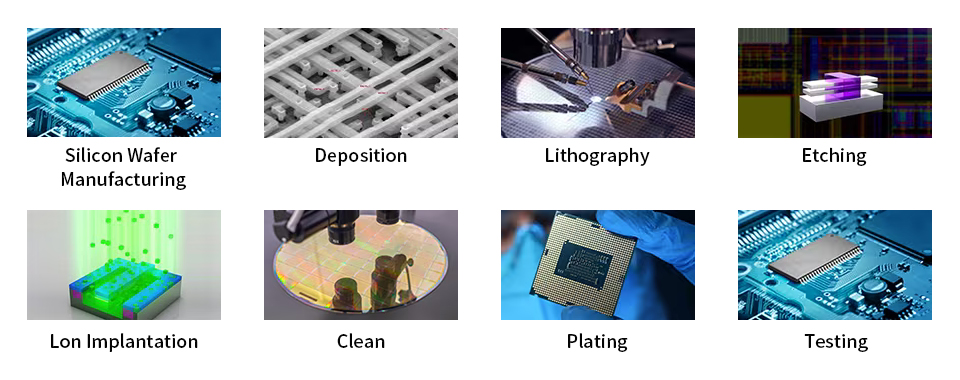Which Type of Chiller Can Be Chosen for Cooling XRD?
The advantages of collecting single crystal X-ray diffraction data at low temperatures have long been recognized by the scientific community. The use of cryogenics has increased substantially in recent years with the availability of effective and reliable equipment and publications.
During the working status, X-ray tube generates a large amount of heat and needs to be cooled and protected by a cooling circulating water chiller. Without a chiller, the tube would overheat, leading to a multitude of issues including, eventually, tube failure . Usually requiring a low heat load of 5-8KW, cooling systems must provide precise temperature control for X-ray detectors to ensure maximum tube protection and longevity.
LNEYA FL series cooling system is environmentally friendly and suitable for advanced laboratory equipment. It is your best partner when looking for laboratory equipment. RG chiller and X-ray diffractometer (XRD), X-ray fluorescence spectrometer (XRFS), large field emission electron microscope, plasma etching machine, vacuum coating equipment, ion coating equipment, vacuum furnace, industrial furnace and other high-heat generating equipment Perfect match for industrial equipment. In addition, the RG series can also be used as a central chiller to meet the requirements of multiple instruments at the same time.
Featuring a closed cooler loop, it allows continuous, uninterrupted research and production at temperatures from -25 to 40°C. It is suitable for applications where reliable and rapid removal of operating heat is required in chemical production processes or where operating heat is removed from technical systems in harsh, continuously used environments. Unlike tap water cooling, this cooling circulator provides a constant temperature regardless of the time of year and pressure fluctuations. An independent cooling water system replaces the central cooling water supply system and avoids the leakage of environmentally harmful substances. Conserving water also protects the environment and significantly reduces operating costs. Applications include rotary evaporators and Soxhlet systems, analytical equipment such as electron microscopes, X-ray units, refractometers, distillation systems, X-ray control systems such as in airports and semiconductor systems, cooling trap control such as in gas drying, and Central cooling water supply completes the laboratory to replace mains water cooling.
Recommend Product
FL 5℃~35℃
Cooling Power 1.8kW to 60kW Conventional chillers can only cool at room temperature
Mini Chiller FL-800
Cooling power 0.35kW~0.9kW Power range 0.6kW
loading…
已经是到最后一篇内容了!
Applications

 Industrial Chillers Manufacturer Supplier - LNEYA
Industrial Chillers Manufacturer Supplier - LNEYA













